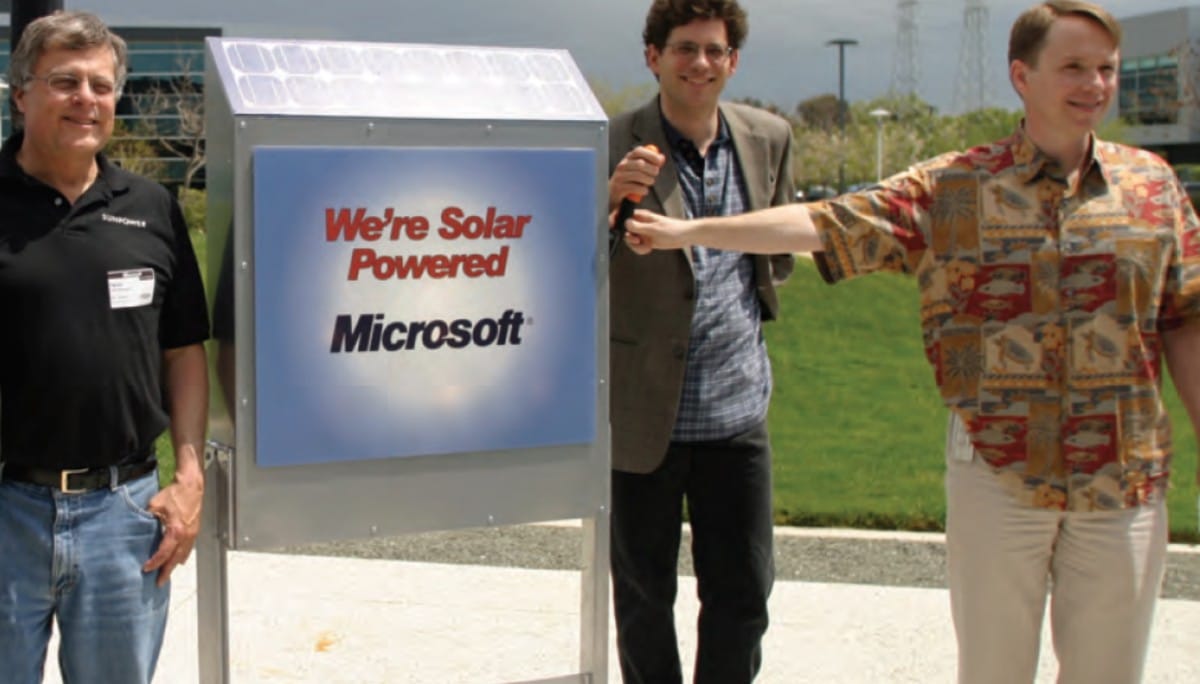By the end of 2021, the price of electricity in Europe had increased by a factor of 2.5, and the price of natural gas nearly fourfold. SMBs are still protected by a Government Decree (627/2021. (XI. 15.)) until June 30, 2022, but what can a business do if it wants to protect itself from the explosion of energy prices expected on July 1?
Reducing carbon emissions has become imperative, and solar power is the most obvious option for replacing hydrocarbon-based energy. All over the world, there is an ongoing shift in the energy sector towards renewable energies, and business users today must also focus on preferring clean energies to polluting technologies. As long as environmental awareness was only a moral or ethical issue, only innovative or really progressive-minded companies invested in technological development. The immediate result was also more of a marketing and PR advantage.
Today, however, the surge in energy costs and the limited availability of conventional energy carriers are also encouraging businesses to think in new energy sources.
On which areas can solar energy be used?
The Sun provides more energy in a single hour than the Earth’s population consumes in a year.
Besides the well-known residential use, the electricity generated by photovoltaic systems can also be used for any technological process, and also for heating and tempering. Early adopters of the technology include the mining industry, machinery and component manufacturing, real estate management, the automotive industry, food industry, paper industry, wineries, animal husbandry, plant cultivation and sports centers.

The Hewlett Packard headquarters in California has been using solar energy since 2008, and Microsoft’s Silicon Valley campus has been using it since 2006.
Is it better to use solar power for technology than for residential purposes?
In residential use, the energy produced during the day is used in the evening and at night. In contrast, most businesses require energy during the day; the solar energy produced can be used immediately and it doesn’t need to be stored or recycled into the supply system. Only the excess energy needs to be stored in batteries or fed back into the power grid, also generating passive income for the company.
Even the smallest companies may consider the technological use of PV systems, as it isn’t the size of the company, but the energy demand that determines the performance of the system to be designed to serve the production or service process. And there is no upper limit to consumption: any energy demands can be met with PV systems—the higher the company’s consumption, the more it will save on energy costs.
The benefits of solar energy in the industrial, agricultural and service sectors
-
1
This is clear protection against the increase in energy costs, since once a PV system is built, the price of solar energy is not only not increasing, but it is available free of charge.
-
2
A PV system increases the value of the property. Generally, there is a 15-20% price difference between a traditional building and a nearly identical building that uses green energy.
-
3
The company’s carbon emissions are decreasing and, in addition to the PR and marketing benefits, there are also direct economic/cost advantages if we consider taxes and penalties on pollution.
-
4
Various subsidies are available for the installation of PV systems in several regions, including Hungary.
-
5
It is easier to track the company’s energy management and even the ROI of a PV investment, as different software applications are available for PV systems, which can be used to track the energy consumption of the company, a production process or a service in detail.
-
6
The solar cells protect the roof. Roof-mounted solar panels also act as a shade: they absorb solar energy, sunlight doesn’t burn or damage the roof, and they even provide protection against harsh weather conditions.
Sounds interesting?
about your energy modernization options!
- Free consultation
- Quick turnaround
- Tender and installation experts



